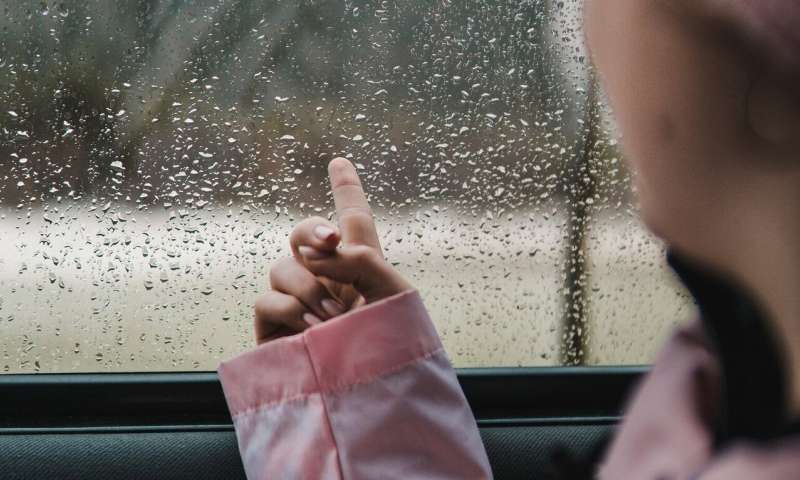- By: Shelby
- 0 comment
Each year, carbon monoxide (CO) poisoning is responsible for more than 50,000 emergency department visits, resulting in more than 400 deaths according to the Centers for Disease Control and Prevention. Americans ages 65 and older are among the highest fatalities. In Utah, there were 176 emergency department visits and four deaths reported in 2018 for CO poisoning. As winter approaches, the risk for CO poisoning increases. The agencies noted in this press release are collaborating to remind Utahns about the symptoms of CO poisoning and provide tips to prevent it.

What is CO?
CO is an odorless, invisible gas produced when gasoline, natural gas, propane, kerosene, and other fuels are not completely burned during use. Automobile exhaust is the most common source of CO, but small gas engines, camp lanterns and stoves, charcoal grills, gas ranges, and furnaces also produce it. When appliances and furnaces are improperly adjusted and used in poorly ventilated areas, dangerous amounts of CO can build up in the blood, replacingoxygen, and may cause asphyxiation.
Recognizing CO Poisoning Symptoms
Although everyone is susceptible to CO poisoning, unborn babies, infants, the elderly, and people with respiratory problems are particularly at risk. Because CO is invisible and odorless, it is important to know the symptoms of CO poisoning and to immediately seek medical help if those symptoms occur.
The most common symptoms include:
- Persistent, severe headaches and dizziness (usually affecting more than one person in an enclosed area)
- Nausea, vomiting, and fatigue
- The disappearance of symptoms when individuals leave the structure
If the presence of CO is suspected based on these symptoms, evacuate all persons from the structure and call the Utah Poison Control Center (UPCC) at 1-800-222-1222 or 911.
CO Prevention
People can avoid CO poisoning through simple prevention measures and common sense. For example, most fire-related CO poisoning can be prevented by the proper installation and maintenance of smoke detectors. Here are some other tips for preventing CO poisoning:
- Have your heating system, water heater, and any other gas-, oil-, wood- or coal-burning appliances serviced by a licensed technician every year.
- Install an Underwriters Laboratory-approved CO monitor on each level of your home. Check or replace the battery when you change the time on your clocks each spring and fall. Installing a CO monitor should never be a substitute for a professional inspection of home heating and cooking equipment. Owners of boats and recreational vehicles with propane stoves or heaters should install CO detectors.
- Inspect homes after heavy snowfall and make sure snow is removed from around exhaust stacks, vents and fresh-air intakes.
- If your CO monitor alarms continuously, evacuate your home and call 911 or your local natural gas company. If the alarm is only intermittent, change the batteries.
- Seek prompt medical attention if you suspect CO poisoning and feel dizzy, light-headed, or nauseated. Immediately call the UPCC at 1-800-222-1222.
- Do not use a generator, charcoal grill, camp stove, or other gasoline- or charcoal-burning device inside your home, basement, or garage or near a window. Generators should be located at least 20 feet from an occupied structure.
- Do not run a car or truck inside a garage attached to your house, even if you leave the door open.
- Do not burn anything in an unvented stove or fireplace.
- Do not heat your house with a gas oven.
Knowledge is the key to preventing carbon monoxide poisoning. Anyone who thinks they have had CO poisoning should call the UPCC at the above number or call 911.
